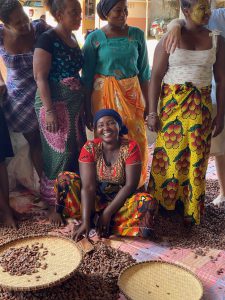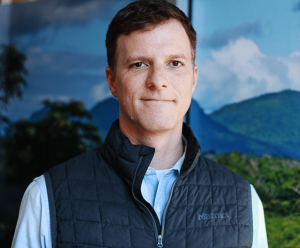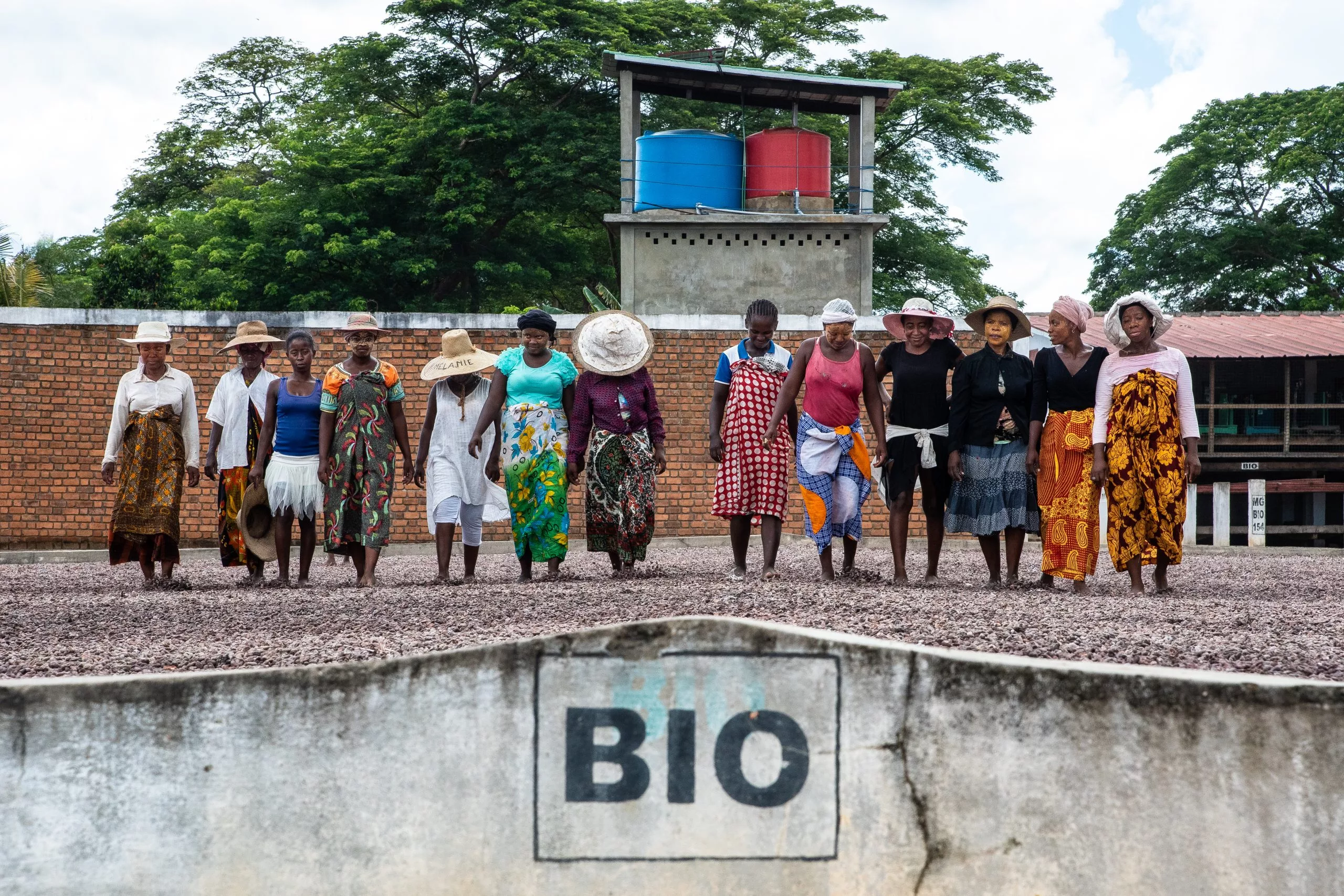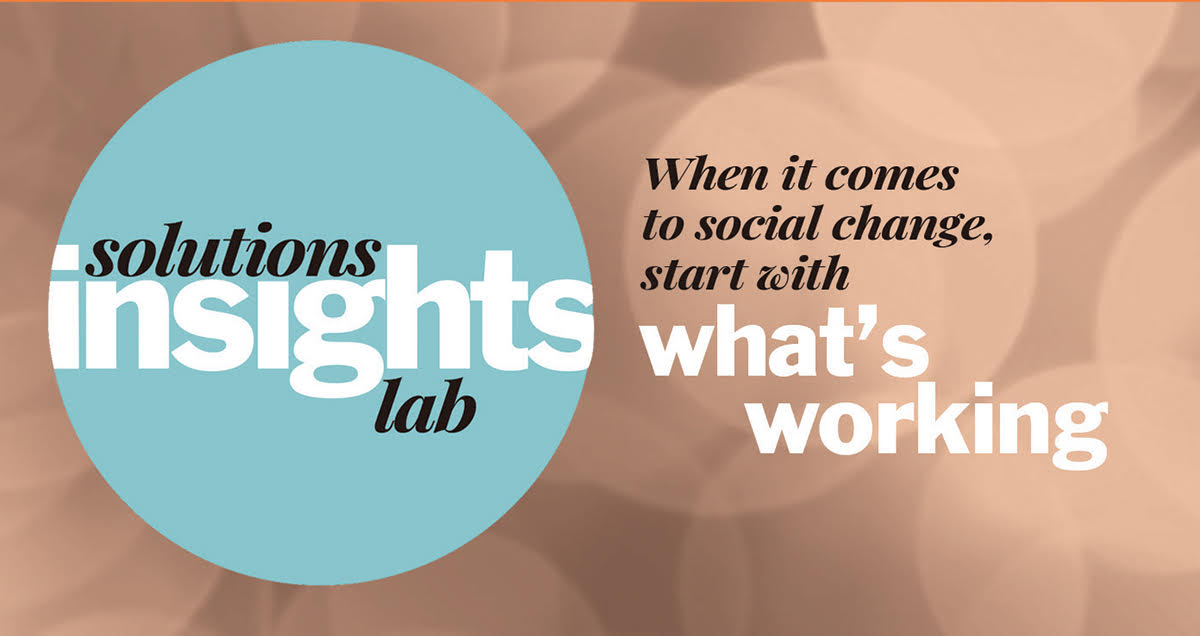In 1999, I traveled to Madagascar as a Peace Corps Volunteer. I never imagined that twenty years later, I’d be changing the status quo in the global chocolate industry.
Our company built, and now operates, a chocolate factory in Madagascar. To understand the importance of a chocolate factory in Africa, you have to contrast it to the rest of the chocolate industry. There are over 1,000 chocolate brands in the U.S., most of which are indirectly sourcing cocoa from Africa. Exactly one has built a chocolate factory in Africa. That’s us.
Chocolate is one of the world’s most delicious and widely consumed foods. Yet, the industry supply chain operates under a dark cloud of problems and murky business practices. We knew we’d be wasting time and money unless we were fundamentally different in our approach.
Here are three things we learned from changing the chocolate business plan.
1. Throwing Money at Your Problems Doesn’t Solve Them.
In the global chocolate industry, supply chain fragmentation results in permanent farmer poverty. It also means zero traceability. Farmer poverty and zero traceability create a tinder box for other shady things to happen. Think deforestation and forced labor. These issues run deep. And they also run wide due to the industry’s $105BN scale.
In the typical chocolate supply chain, there are three to five layers of intermediaries between the cocoa farmer and a chocolate factory. “Middlemen” aren’t bad people. They’re just true to their name; they get in the middle of things. Things like transparency. Things like farmer income. The chocolate industry dumps billions of dollars at the problems it has created. Throwing money at problems usually has the effect of making the people with checkbooks feel better about themselves. Throwing money at problems usually doesn’t have the effect of solving problems. Solving big problems requires doing things much differently.
2. Production at Source
The only way for us to have a supply chain we knew we’d be proud of was to build one ourselves, from scratch. Starting with a tight-knit group of farmers and ending with a complete bean-to-bar chocolate factory down the road. Zero intermediaries. Automatic transparency. Our initial motivation for manufacturing at origin was to keep as much value-added production in Madagascar as possible. Madagascar is by one measure (rate of extreme poverty) the poorest country in the world. We wanted to make a dent in that by making chocolate instead of simply exporting cocoa. We of course didn’t know what the industrial supply chain looked like in our early days. When we started to understand what the rest of the industry did, we realized we had inadvertently bypassed the entire muck of it. And as time went on, we saw beauty in the results. Farmers earning 6x industry standards. Parents prospering as cocoa farmers were now able to keep their kids in schools. High school graduates now seeing their parents prosper, wanting to stay on the farm, and the farm turning into a profitable family enterprise. We watched the vicious cycle of poverty change into a virtuous circle of prosperity.
3. People Don’t Want a Product that Does Good. People Want a Better Product that Does Good.
 I don’t remember where I first heard that line. But we use it often. In the early years, we were so hyper-focused on social impact that we didn’t allocate enough energy to flavor. Most entrepreneurs will tell you that success has something to do with hard work and good decision-making. That is true. But if they’re being honest, most entrepreneurs will also tell you that there is always an element of luck in their trajectory. It was our great, blind, dumb luck that Madagascar is home to the Earth’s original variety of cocoa. While the global chocolate industry was turning cocoa into a bland commodity, we were unknowingly sitting on the most flavorful variety of cocoa in the world. Not only were we redefining sustainability standards in the industry, but also redefining quality for the end-consumer. We almost couldn’t believe it ourselves. Ultimately, we got to the point where we saw product quality and sustainability as inseparable, two sides of the same coin. Making chocolate at the source and eliminating all those intermediaries means we are very hands-on with every cocoa bean we buy before we buy it. This is physically impossible if you’re making chocolate 8,000 miles away from where the cocoa grows.
I don’t remember where I first heard that line. But we use it often. In the early years, we were so hyper-focused on social impact that we didn’t allocate enough energy to flavor. Most entrepreneurs will tell you that success has something to do with hard work and good decision-making. That is true. But if they’re being honest, most entrepreneurs will also tell you that there is always an element of luck in their trajectory. It was our great, blind, dumb luck that Madagascar is home to the Earth’s original variety of cocoa. While the global chocolate industry was turning cocoa into a bland commodity, we were unknowingly sitting on the most flavorful variety of cocoa in the world. Not only were we redefining sustainability standards in the industry, but also redefining quality for the end-consumer. We almost couldn’t believe it ourselves. Ultimately, we got to the point where we saw product quality and sustainability as inseparable, two sides of the same coin. Making chocolate at the source and eliminating all those intermediaries means we are very hands-on with every cocoa bean we buy before we buy it. This is physically impossible if you’re making chocolate 8,000 miles away from where the cocoa grows.
It’s been a long process: two steps forward, one back, two more forward, one to the side. We learned, almost exclusively, through trial and error. Last year, we produced one million bars in Madagascar. That number will double several times over in the coming years.






